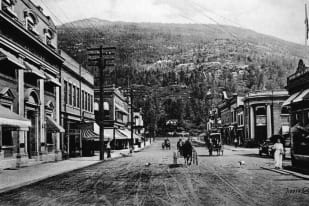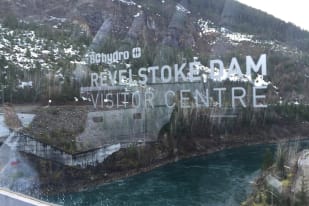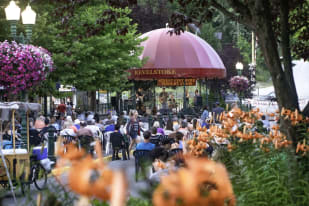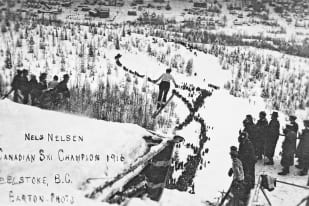The BC Interior Forestry Museum: Logging History, Industry, and Conservation in Revelstoke

Forestry shaped British Columbia's economy, communities, and landscapes. The BC Interior Forestry Museum in Revelstoke examines this industry's past, its impact on the province, and how it continues to evolve. The museum presents historical exhibits, hands-on outdoor displays, and educational programming that explains how logging, conservation, and reforestation have influenced the region. The surrounding forest and nearby Columbia River reinforce the connection between people and the environment. Visitors learn about the machinery that powered logging operations, the people who built the industry, and the ecological challenges that have come with decades of timber harvesting. The museum serves industry professionals, historians, and families seeking a closer look at British Columbia's forestry sector.
The Role of Forestry in British Columbia
Long before the province was established, logging fueled British Columbia's economy. The forests provided materials for construction, fuel, and trade. By the late 19th and early 20th centuries, logging camps and sawmills expanded rapidly, drawing workers from across the country. Towns developed around timber production, and the industry shaped infrastructure, employment, and local economies.
British Columbia remains one of Canada's largest timber producers. While modern practices emphasize sustainability and responsible harvesting, the industry's early years scarred the land with aggressive logging. The museum captures this shift, showing how early loggers relied on manual saws and horses before mechanized equipment changed production methods—forestry-shaped transportation networks, from log drives down the Columbia River to the development of rail lines. The museum outlines how policies, technological advancements, and environmental concerns have transformed logging operations over time.
Exhibits and Displays
The museum's indoor galleries provide historical artifacts, photographs, and educational materials covering different aspects of the forestry industry. One exhibit explains how the mountain pine beetle has devastated large sections of BC's forests, affecting local economies and increasing wildfire risks. Another highlights reforestation programs and the role of conservation efforts in maintaining forest health. Historical documents, personal stories, and interactive elements connect visitors with the industry's workers and decision-makers.
The outdoor exhibit area contains restored logging machinery, including early chainsaws, skidders, and other heavy equipment used in past decades. Informational plaques describe each piece's function and historical significance. The museum's replica fire lookout tower represents the structures once used to spot wildfires before aerial surveillance became widespread. Visitors can climb the tower to see the surrounding forest from a fire lookout's perspective.
The Riverside Forest Walk
The museum extends beyond its exhibits with the Riverside Forest Walk, a 1.5-kilometre trail that follows the Columbia River. This accessible loop offers a firsthand look at the local ecosystem. Interpretive signs along the trail explain the environmental impact of tree species, wildlife, and forestry. The walk allows visitors to see reforestation in action and observe how logging practices have changed over time. The nearby river once played a key role in transporting logs, and the trail provides a look at the waterways that supported early forestry operations.
Community Events and Programs
The museum hosts events connecting visitors with forestry's history and future. Each June, an annual fundraiser features live demonstrations, a crosscut saw competition and activities for all ages. These events highlight logging skills while also supporting the museum's operations. The museum also organizes workshops on sustainable forestry practices, local history, and industry innovations. These programs attract industry professionals, educators, and history enthusiasts looking for in-depth discussions and demonstrations.
Planning a Visit
The museum is four kilometres north of Revelstoke on Highway 23 North, near the BC Hydro Revelstoke Dam entrance. It operates seasonally and is closed during winter, reopening in May. The Riverside Forest Walk remains open year-round. Admission is affordable, with single-day tickets and annual memberships available for individuals and families. Memberships provide unlimited summer access and participation in museum events.
The Past and Future of Forestry
Logging shaped British Columbia's economy and communities, but today's forestry industry faces new challenges. The BC Interior Forestry Museum provides a historical record of early logging operations while also highlighting sustainability efforts, fire prevention, and environmental restoration. Visitors leave with a greater understanding of how forestry has influenced the province and how ongoing changes will shape its future. Whether exploring the historical exhibits, climbing the fire lookout tower, or walking the riverside trail, the museum provides a meaningful look at an industry that continues to define British Columbia.




